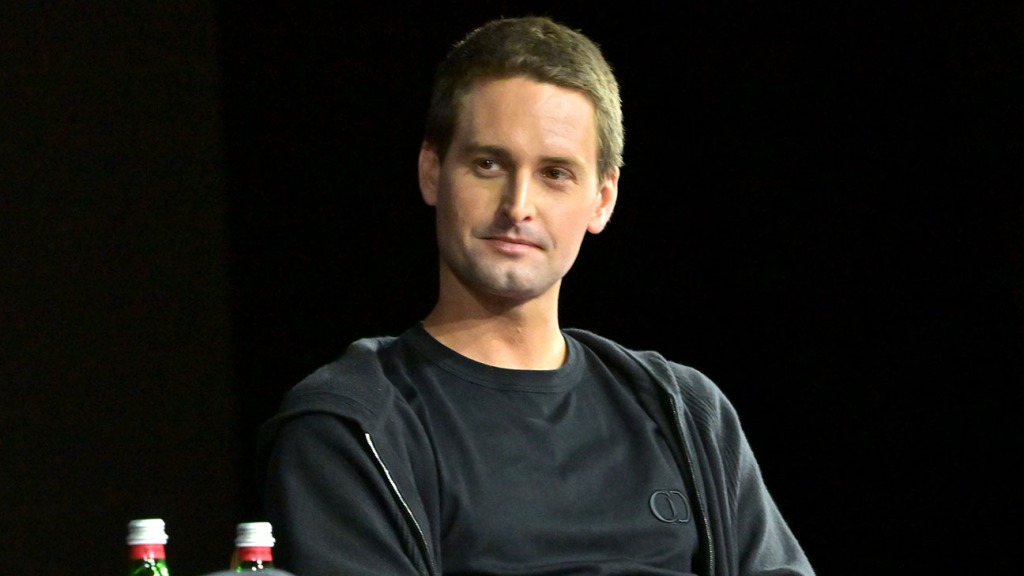
Snapchat parent company Snap Inc. saw its total revenue drop by 7 percent to $989.6 million, falling within the company’s expectations but missing Wall Street’s consensus, as net losses shrunk by 9 percent to $328.7 million during the first quarter.
The tech and social platform last reported $1.3 billion in revenue and $288 million in net losses during the fourth quarter, with Snap CEO Evan Spiegel warning in January of “significant headwinds” that would continue to impact the company’s business. At the time, Snap forecasted it would see its Q1 revenue decline between 2 to 10 percent.
Snap’s first-quarter adjusted EBITDA also dropped down by 99 percent to $813,000, down from $64.5 million in 2022. And as a sign for what may come ahead, the company is declining to provide revenue or adjusted EBITDA guidance for the current quarter but said its “internal forecast” was for revenue to drop 6 percent to $1.04 billion during Q2, according to Snap’s investor letter.
On the platform side, daily active users for Snapchat grew by 15 percent year over year to reach 383 million, though growth in the North American region has remained flat for the past three quarters at 100 million. Spotlight, Snapchat’s short-form TikTok competitor, had an average of 350 million monthly active users during the first quarter, while total watch time grew by 170 percent year over year.
“We are working to accelerate our revenue growth and we are using this opportunity to make significant improvements to our advertising platform to help drive increased return on investment for our advertising partners,” Spiegel said in announcing the Q1 results.
Though Snap is primarily an advertising-dependent business, the company has been expanding into subscriptions and B2B deals to provide additional streams of revenue. At Snap’s Partner Summit earlier this month, company executives said that Snapchat+, the subscription offering that costs $3.99 a month, now has more than 3 million subscribers. The company has also launched its AR Enterprise Services, a software as a service venture that provides merchants with augmented reality and artificial intelligence technology to help personalize their user experience and, in theory, drive more sales.
To encourage more creators to use Snapchat, the company also recently expanded the eligibility for its revenue sharing program that gives creators a cut of the revenue from ads placed between their public Stories. The company has not disclosed what the revenue split is, but Jim Shepherd, Snap’s director of global talent partnerships, told The Hollywood Reporter earlier this month that the program is “competitive” with others from platforms like YouTube.
And as part of Snap’s focus on AI, the company rolled out its ChatGPT-powered chatbot, My AI, to all users last week.
In a call with analysts, Snap CFO Derek Andersen said Snap’s investments into My AI and creator Stories monetization are “collectively expected to put downward pressure” on profitability in the “near term” but that they will generate revenue for the company down the road.













